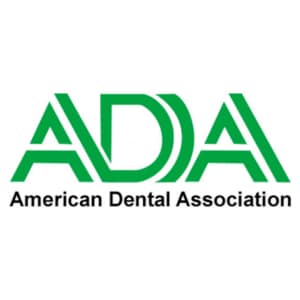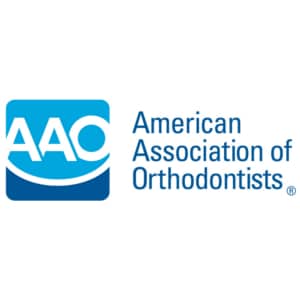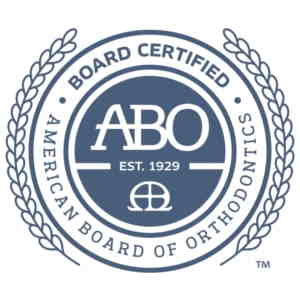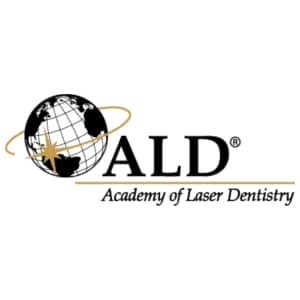Despite the fact that they are both transparent aligners, these two devices are very different. Examine the differences between Invisalign and Direct to Consumer Aligners to choose which is best for you.
Invisalign Vs Direct to Consumer Aligners: A Comparison
Because of its near-invisibility, Invisalign and Direct to Consumer Aligners are both popular kinds of transparent aligners used to straighten teeth among adults.
Direct to Consumer Aligners is a clear aligner that provides a straighter smile for 60% less than braces. It is a form of treatment that does not involve any dental monitoring, but you must be evaluated by your dentist. They can also help with any issues that may arise throughout therapy. You may have this procedure completely remote if you like, but you must visit your dental professional every 90 days.
Invisalign is supervised and administered by a certified Invisalign expert. Before commencing treatment, your dental expert will determine if you are a good candidate and if there are any issues that need to be addressed.
See Benefits of Invisalign Retainers
When it comes to treatment options, Invisalign and Direct to Consumer Aligners provide a variety of options.
Invisalign
Invisalign Express – This option is meant for extremely mild cases and provides only limited movement. These come with a set of 5 or 10 aligners. The treatment time is set at 12 months.
Invisalign Full – These are typical Invisalign aligners that may be used to correct both mild and severe malocclusions. Therapy might last anywhere from 12 to 18 months.
Invisalign Teen – This is intended for teens, and the aligners contain indicators that educate parents and dental experts about how frequently they should be worn.
Direct to Consumer Aligners
Direct to Consumer Aligners Clear Aligners – This type of treatment will last an average of 6 months if worn 22 hours every day.
Nighttime Clear Aligners – This type of therapy is designed to be worn at night for a total of 10 hours each day. The therapy lasts for ten hours. Many professionals choose this therapy since they are not required to wear them to work.
Benefits and Downsides
Benefits of Invisalign Treatment
- It may be used to treat basic to complex tooth and jaw problems like as gaps, biting issues, spacing, and crowding.
- Treatment that is more hands-on. At-home kits are less likely to have technical problems and defects.
- Treatment is faster and may be more effective than traditional braces.
- With regular visits, your dentist can closely monitor your progress.
- The teeth are moved gently and securely due to the secured buttons.
Downsides of Invisalign Treatment
- Serious dental problems cannot be cured.
- It is not as inconspicuous as Direct to Consumer Aligners due to the secured buttons.
- It is more expensive than other aligners.
Benefits of Direct to Consumer Aligners
- The average wear duration is six months.
- All of the trays needed for your treatment plan are included in the package.
- It costs less than Invisalign or even traditional braces.
- The translucent retainers are devoid of visible buttons.
Downsides of Direct to Consumer Aligners
- Treatment of moderate to severe issues is not possible.
- Because communication is primarily remote, it is not a hands-on treatment technique.
- There is a danger of technical issues and faults with DIY tooth impressions since they may influence the accuracy of your treatment.
- Aligners lack buttons to keep them in place, which might lead to improper shifting.
Adding it up: Comparing Costs
Depending on what your dental professional thinks, Invisalign might cost anywhere from $3500 to $8500. Invisalign, on the other hand, is more costly than Direct to Consumer Aligners. Direct to Consumer Aligners, one of the most affordable orthodontic products available, should cost less than $2000.
Make the right choice for your smile
Is Invisalign or Direct to Consumer Aligners a better treatment choice for you? After all, it is your smile, and you should be the one to choose the clear aligner system that is ideal for your lifestyle, goals, and budget. Your dentist will also advise you on the best treatment option for you.
Sources:
- Boyd RL. Esthetic orthodontic treatment using the invisalign appliance for moderate to complex malocclusions. J Dent Educ. 2008 Aug;72(8):948-67. PMID: 18676803.
- Kravitz ND, Kusnoto B, BeGole E, Obrez A, Agran B. How well does Invisalign work? A prospective clinical study evaluating the efficacy of tooth movement with Invisalign. Am J Orthod Dentofacial Orthop. 2009 Jan;135(1):27-35. doi: 10.1016/j.ajodo.2007.05.018. PMID: 19121497.
- Know the Benefits of Invisalign Retainers for Your Smile
After you’ve transformed your smile using Invisalign treatment, you will need to keep it from moving back to its original position with Vivera Retainers. These are custom-made retainers that are as invisible as your Invisalign treatment. Why do I need a retainer after Invisalign treatment? You need retainers because if you do not wear one […]
- Overbite Correction With Invisalign
An overbite is a malocclusion in which the upper front teeth overlap the lower front teeth. It is the most frequent dental issue, accounting for more than 70% of all dental issues and resulting in an uneven and unnatural grin. We’re here to help you determine whether transparent aligners, such as Invisalign, can help you […]


















